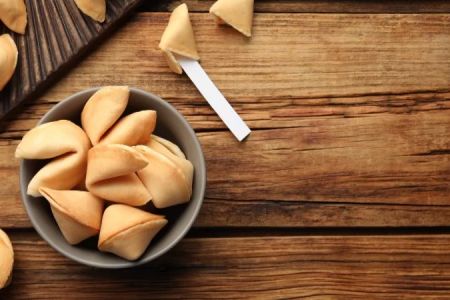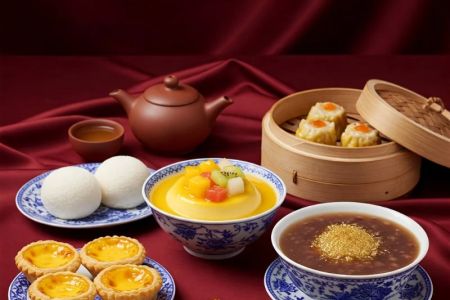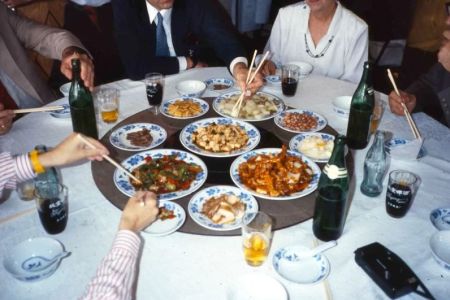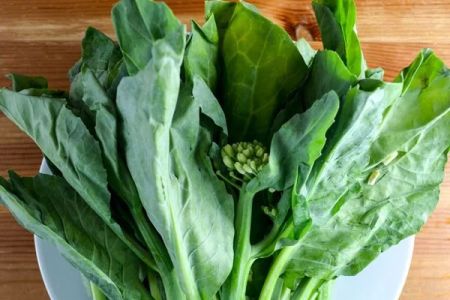- 1. Understanding Chinese Grains: Millet and Barley
- 2. Millet in Chinese Cuisine
- 3. Barley in Chinese Dishes
- 4. Nutritional Benefits of Millet and Barley
- 5. How to Cook with Millet and Barley
1. Understanding Chinese Grains: Millet and Barley
Grains have been an essential part of Chinese cuisine for centuries. Among the many varieties of grains, millet and barley hold a special place in traditional Chinese cooking. These grains are not only important for their culinary versatility but also for their historical significance in Chinese agriculture.
Millet, often seen as a humble grain, has been a staple in China for thousands of years, particularly in the northern regions where it thrives in colder climates. Barley, on the other hand, is a grain that has gained popularity in Chinese cuisine due to its mild flavor and health benefits.
In this guide, we'll explore the culinary uses of millet and barley in Chinese dishes, how to cook with them, and their nutritional benefits. Whether you're an experienced cook or a beginner, you'll find these grains to be delicious and easy to incorporate into your meals.
2. Millet in Chinese Cuisine
Millet is one of the oldest cultivated grains in China, and it plays a crucial role in various traditional dishes. Historically, millet was a primary food source in northern China before rice became more widespread. The versatility of millet makes it suitable for both savory and sweet dishes, from porridge to dumplings.
One of the most popular ways to enjoy millet in Chinese cuisine is through millet porridge (小米粥, xiǎomǐ zhōu), a warm and comforting dish often eaten for breakfast or as a snack. This porridge is simple to prepare and typically flavored with a touch of ginger or dried fruit. It's often used as a remedy for digestive issues, particularly in traditional Chinese medicine, due to its soothing properties.
In addition to porridge, millet can also be used in savory dishes. For example, it is sometimes mixed with vegetables and meat to create hearty, flavorful stir-fries or stews. It can also serve as a filling for dumplings or buns, offering a unique texture and taste that complements other ingredients.
3. Barley in Chinese Dishes
Barley is another versatile grain used in Chinese cooking, though it is more commonly consumed in southern China. In Chinese cuisine, barley is often used in both sweet and savory dishes, and its ability to absorb flavors makes it an excellent base for soups and stews.
One of the most popular barley-based dishes is barley soup (薏米汤, yì mǐ tāng), which is often prepared with barley, lotus seeds, and other herbs. This refreshing soup is enjoyed during the summer months and is known for its cooling properties in Chinese medicine, helping to clear heat and promote hydration.
Barley can also be used in savory rice dishes, mixed with vegetables, or added to hot pots to enhance the texture of the broth. For a more unusual treat, barley is sometimes ground into flour and used in traditional Chinese pastries and cakes.
4. Nutritional Benefits of Millet and Barley
Both millet and barley offer a wealth of nutritional benefits that make them valuable additions to any diet. Here's a breakdown of their health benefits:
- Millet: Millet is rich in fiber, antioxidants, and essential minerals such as magnesium and phosphorus. It is gluten-free, making it a great choice for those with gluten sensitivity or celiac disease. Millet is also known for its ability to regulate blood sugar levels, making it beneficial for people with diabetes.
- Barley: Barley is a whole grain that provides a good amount of fiber, particularly soluble fiber, which helps lower cholesterol and supports heart health. It is also a good source of vitamins like B6 and folate, as well as minerals like iron and manganese. Barley is known for its digestive benefits and is often recommended for improving gut health.
Incorporating millet and barley into your diet can provide numerous health benefits, including improved digestion, better heart health, and a reduced risk of chronic diseases. These grains are nutrient-dense and provide a great alternative to more processed grains like white rice or pasta.
5. How to Cook with Millet and Barley
Cooking with millet and barley is straightforward, but it helps to know a few techniques to get the best results. Here are some tips for cooking these grains in Chinese dishes:
- Cooking Millet: Millet cooks quickly, usually in about 15-20 minutes. To cook millet, rinse the grains thoroughly and combine them with water in a pot at a ratio of 1:2 (1 cup millet to 2 cups water). Bring to a boil, then simmer on low heat until the water is absorbed and the millet is tender. You can also cook it in a rice cooker for convenience.
- Cooking Barley: Barley takes a bit longer to cook than millet. To cook barley, rinse the grains and use a ratio of 1:3 (1 cup barley to 3 cups water). Bring to a boil, then simmer for 30-40 minutes until the barley is tender but still chewy. For soups, you can cook the barley directly in the broth.
- Incorporating into Dishes: Millet and barley can be used as a base for stews, soups, and stir-fries. For sweet dishes, try using millet in porridge or as a filling for dumplings. Barley pairs well with vegetables and meats in savory rice or hot pot dishes. Both grains can be a great addition to salads for added texture and nutrition.
With these simple cooking methods, you can easily incorporate millet and barley into a variety of Chinese dishes, from traditional comfort foods to modern fusion meals.
If you're looking to explore more traditional Chinese grains and ingredients, be sure to check out Chinese Food for the best products, recipes, and kitchenware to enhance your cooking experience.







